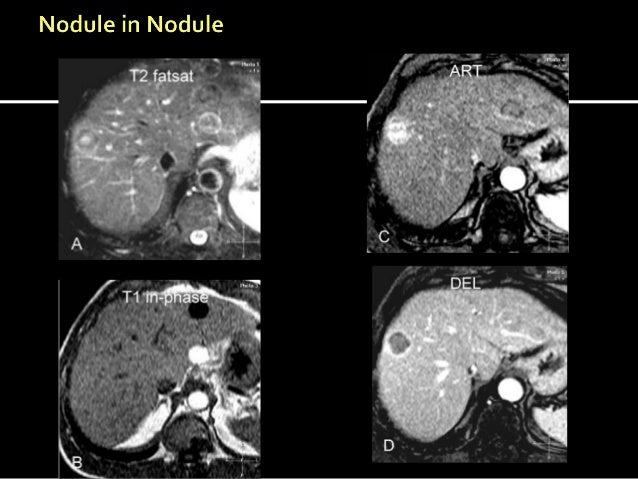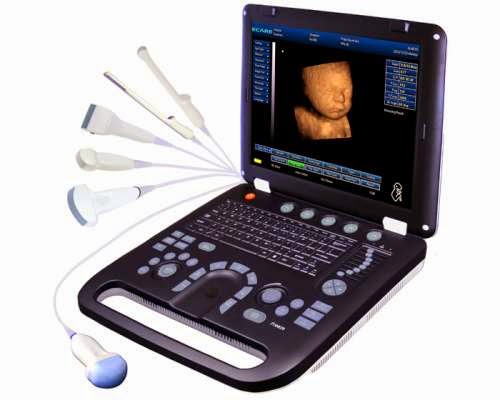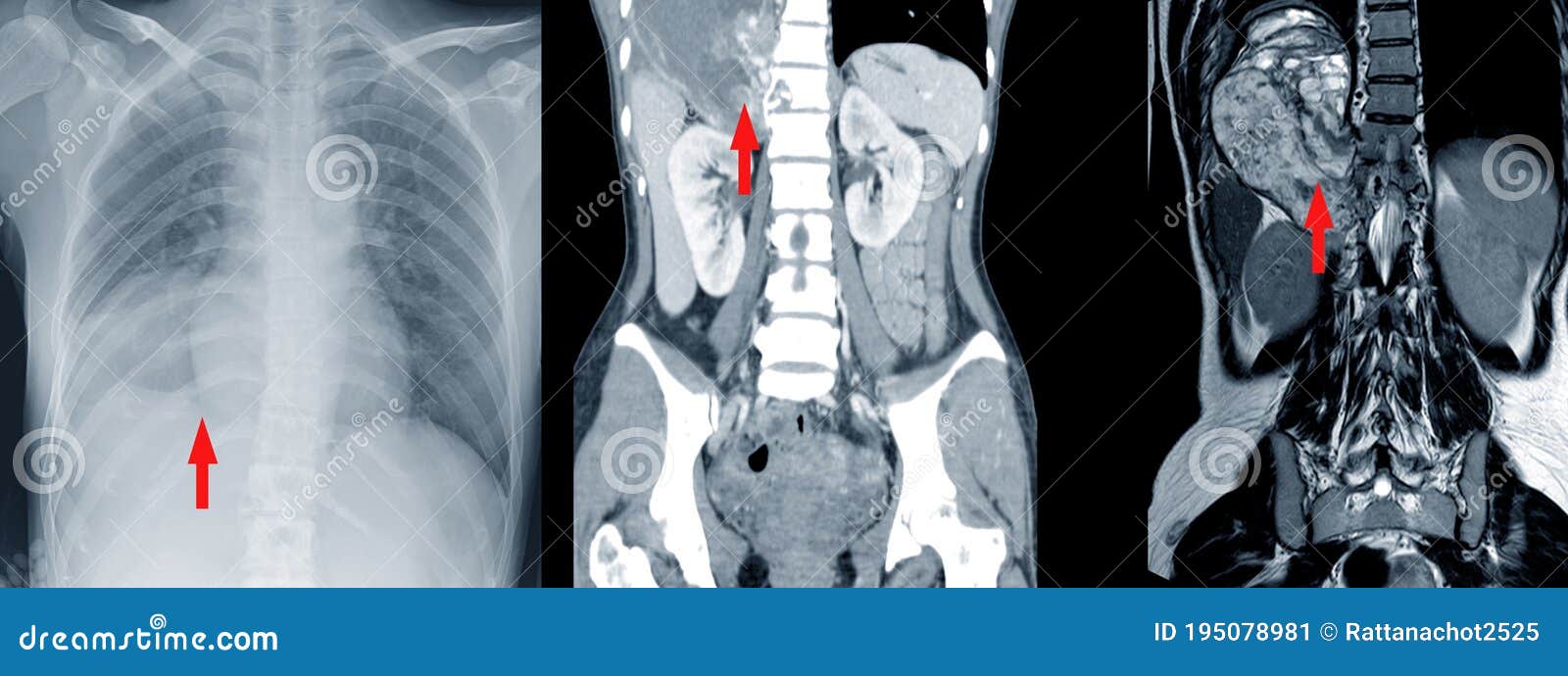



In children, imaging rates continued to increase except for CT, which stabilized or declined in more recent periods. Nuclear medicine imaging declined in adults and children after 2006.Ĭonclusions and Relevance From 2000 to 2016 in 7 US integrated and mixed-model health care systems and in Ontario, rates of CT and MRI use continued to increase among adults, but at a slower pace in more recent years. Changes in annual growth in ultrasound were smaller among adults and children in the United States and Ontario compared with CT and MRI. Among children, annual growth for CT stabilized or declined (United States: from 10.1% in 2000-2005 to 0.8% in 2013-2016 Ontario: from 3.3% in 2000-2006 to −5.3% in 2006-2016), but patterns for MRI were similar to adults. Annual growth in imaging rates among US adults and older adults slowed over time for CT (from an 11.6% annual percentage increase among adults and 9.5% among older adults in 2000-2006 to 3.7% among adults in 2013-2016 and 5.2% among older adults in 2014-2016) and for MRI (from 11.4% in 2000-2004 in adults and 11.3% in 2000-2005 in older adults to 1.3% in 2007-2016 in adults and 2.2% in 2005-2016 in older adults).

For example, among older adults, CT imaging rates were 4 person-years in 2016 vs 2 in 2000 in US health care systems and 4 vs 1 in Ontario for MRI, 1 vs in the United States and vs in Ontario and for ultrasound, 4 vs 3 in the United States and 5 vs 3 in Ontario. Among adults and older adults, imaging rates were significantly higher in 2016 vs 2000 for all imaging modalities other than nuclear medicine. Annual and relative imaging rates by imaging modality, country, and age (children, adults, and older adults ). Main Outcomes and Measures Use of computed tomography (CT), magnetic resonance imaging (MRI), ultrasound, and nuclear medicine imaging. Objective To evaluate recent trends in medical imaging.ĭesign, Setting, and Participants Retrospective cohort study of patterns of medical imaging between 20 among 16 million to 21 million patients enrolled annually in 7 US integrated and mixed-model insurance health care systems and for individuals receiving care in Ontario, Canada.Įxposures Calendar year and country (United States vs Canada). Importance Medical imaging increased rapidly from 2000 to 2006, but trends in recent years have not been analyzed. Meaning From 2000 to 2016 in 7 US integrated health care systems and Ontario, CT and MRI rates continued to increase among adults, but at a slower pace in more recent years compared with earlier years in children, CT rates stabilized or declined in recent years. Changes in annual growth in ultrasound were smaller among adults and children in the United States and Ontario. Question What were the trends in medical imaging from 2000 through 2016 in the United States and Ontario, Canada?įindings In this retrospective cohort study of 135 million imaging examinations conducted in 7 US integrated health care systems and in Ontario, annual growth in imaging rates among US adults and older adults slowed over time for computed tomography (CT from an 11.6% annual percentage increase among adults and 9.5% among older adults in 2000-2006 to 3.7% among adults in 2013-2016 and 5.2% among older adults in 2014-2016) and for magnetic resonance imaging (MRI from 11.4% in 2000-2004 in adults and 11.3% in 2000-2005 in older adults to 1.3% in 2007-2016 in adults and 2.2% in 2005-2016 in older adults). Shared Decision Making and Communication.Scientific Discovery and the Future of Medicine.Health Care Economics, Insurance, Payment.Clinical Implications of Basic Neuroscience.Challenges in Clinical Electrocardiography.


 0 kommentar(er)
0 kommentar(er)
